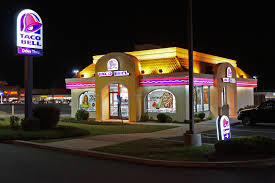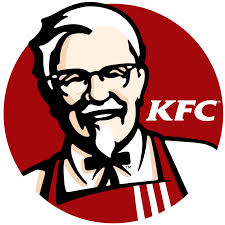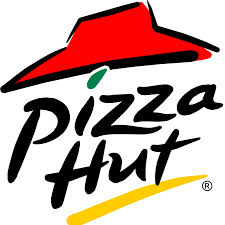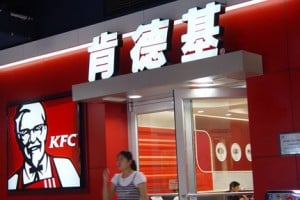Yum! Brand Inc., the company that owns Pizza Hut, KFC and Taco Bell, saw a drop in their stock price Tuesday as they altered their profit forecast for the next year. The change in their forecast was due to multiple factors, the main being the second food-quality scandal in their Chinese locations. Additionally, in their US locations, Pizza Hut has noticed increased competition as their competitors continue to offer steep discounts as well as introducing new items to consumers. Taco bell has also made things difficult as they continue to add new product lines. As these factors continue to take their toll, the difficulties of sales forecasting within the food industry have become glaringly obvious.
The first food scandal that affected Yum! and their stock price occurred in September, when one of their suppliers (OSI Group LLC) was investigated for tampering with food expiration dates. Immediately following the probe, Yum! cut ties with the vendor and took legal action against them. The problem, however, was that the incident made their sales forecasting difficult for the rest of the year. Although they had cut ties with the supplier, public opinion was already affected and sales would also be affected to some extent as well. To compensate for this loss of sales in China, Yum! rolled out $1 items at their US Taco Bell locations. While this did help for the loss of revenue, it made the sales forecasting for the company even more difficult. Not only was it now a guessing game trying to estimate the loss in sales resulting from the food-safety incident, but sales for the newly introduced $1 items would also have to be estimated. To make matters worse, a second food-safety scandal hit the company in July.
In July, a Chinese TV report showed workers at a different supplier reusing meat that had fallen to the floor. Again, Yum! cut ties with the employer and took legal action, but again sales were negatively impacted in their Chinese locations. In the US, Taco Bell continued to complicate the company’s sales forecasting as they introduced yet another new line of items with their breakfast products. Although Taco Bell did manage to increase their sales by 3% as a result of this as well as other strategic moves, it is still a perfect example of the difficulties that exist with sales forecasting.
For any company, forecasting is a difficult task. For a company like Yum!, it almost seems impossible. How do you think forecasting should be carried out at a company like Yum! to avoid these types of problems? Is there a way to factor these types of events into sales forecasts to avoid huge hits to stock prices or is it just a risk of the industry? I personally don’t think that the stock price for companies in this industry should be so dependent on such a volatile number, but I also can’t think of a better way to value them.
Sources:
http://www.bloomberg.com/news/2014-10-07/yum-cuts-profit-forecast-as-china-food-scare-hurts-sales.html
http://www.forbes.com/sites/briansolomon/2014/10/07/kfc-yum-dragged-down-by-chinese-food-safety-scandal/



